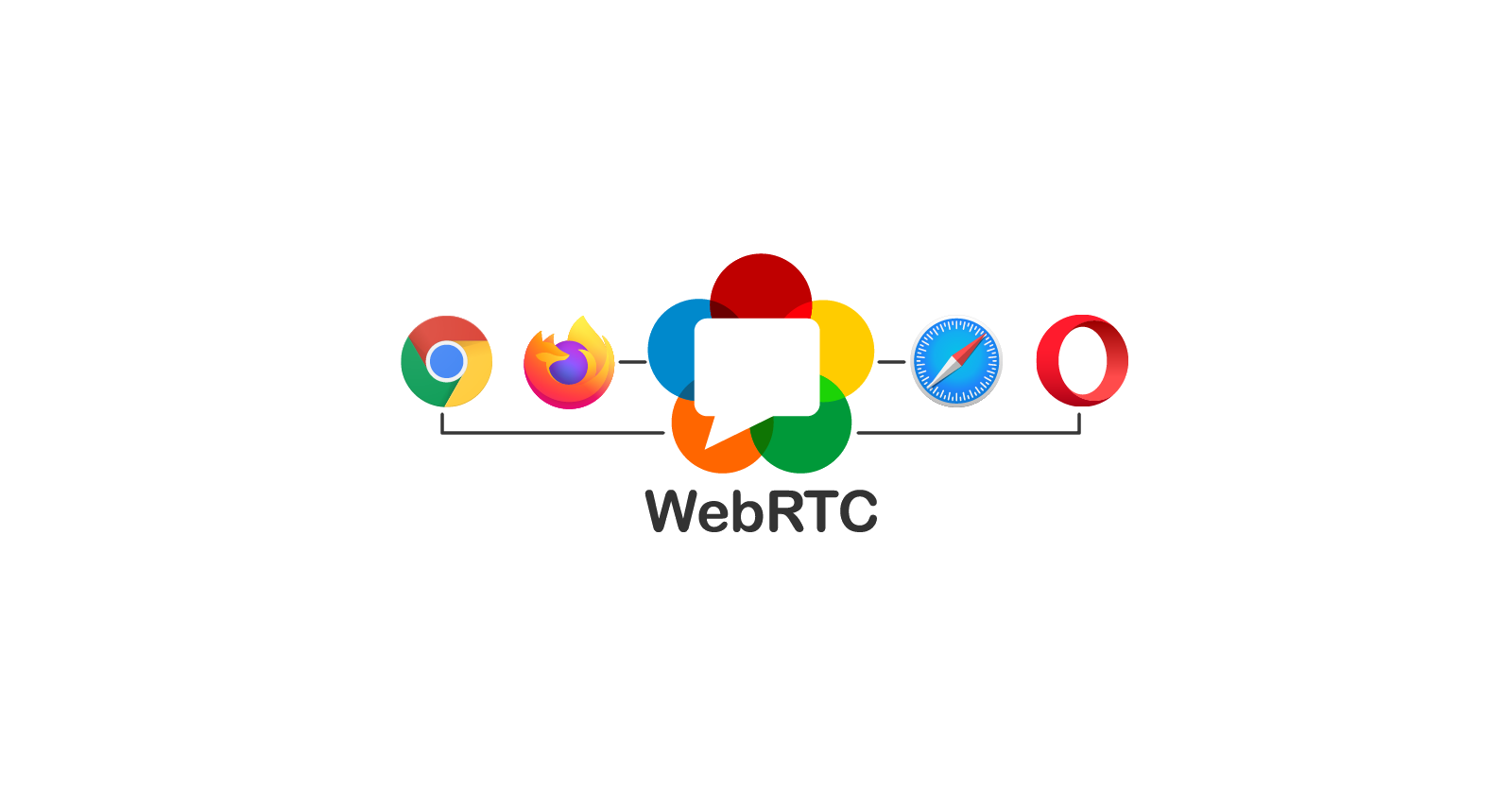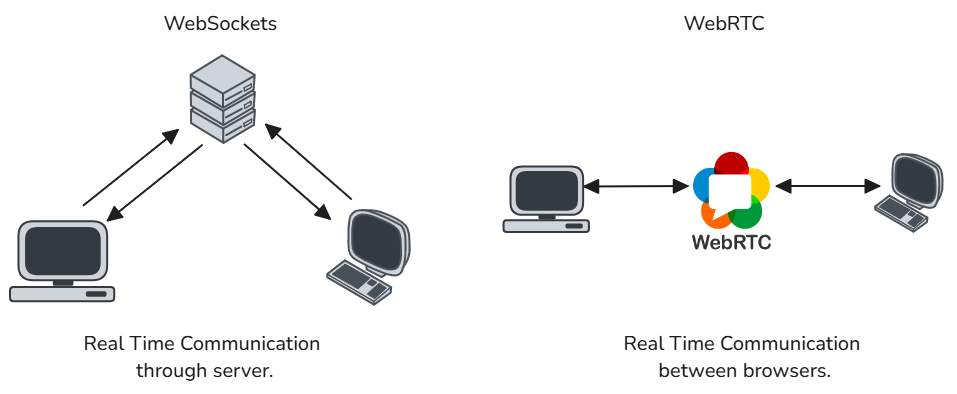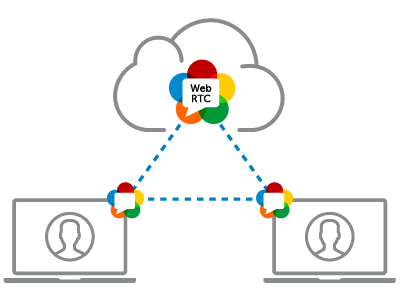Introduction to WebRTC: What, Why, and How?
 Vishal Shinde
Vishal Shinde
What is WebRTC?
WebRTC (Web Real-Time Communication) is an open-source technology that enables real-time communication (RTC) capabilities directly in web browsers and mobile applications. It allows for peer-to-peer audio, video, and data sharing without requiring additional plugins or third-party software.
A Brief History of WebRTC
WebRTC was first introduced by Google in 2011 as an open-source project aimed at simplifying real-time communication. It later gained support from major tech companies and became a W3C standard, allowing developers to build seamless communication experiences directly in web browsers.
Why WebRTC?
The need for WebRTC arose due to the limitations of existing technologies for real-time communication. Traditional methods relied on third-party plugins like Flash and Java applets, introducing security vulnerabilities, performance issues, and compatibility challenges. While WebSockets allowed real-time bidirectional communication, they were not optimized for high-bandwidth applications like video calling. They required a central server for relaying data, leading to increased latency and server costs. WebRTC was developed to solve these issues by enabling direct peer-to-peer connections, reducing latency, improving security, and ensuring seamless real-time communication for applications like video conferencing, live streaming, and online gaming.
WebRTC provides:
Low Latency: Direct peer-to-peer communication for minimal delay.
Cross-Platform Support: Works on major browsers like Chrome, Firefox, and Edge.
Built-in Security: End-to-end encryption for secure data transmission.
No Plugins Required: Native browser support eliminates the need for Flash or external software.
WebRTC vs WebSockets: When to Use What?

While both WebRTC and WebSockets enable real-time communication, they serve different purposes:
WebRTC: Designed for peer-to-peer media (audio/video) and data transfer. Ideal for low-latency, high-bandwidth communication, such as video calls and real-time gaming.
WebSockets: Primarily used for bidirectional communication between a client and a server. Best suited for real-time chat applications, stock updates, and multiplayer turn-based games.
| WebRTC | WebSockets | |
| Communication | Usually peer-to-peer, but it can change with the architecture. | Client to server. |
| Data Transfer | Supports audio, video, and data transfer. | Supports text and binary data. |
| Protocol | UDP for media and TCP for data channel. | TCP for data transfer. |
| Signaling | Requires a custom signaling mechanism to establish connections. | Offers built-in signaling for connection establishment. |
| Scaling | Can be scaled with routing architecture. | Can be scaled with distributed computing. |
| Automatic reconnection | Supported | Not supported |
If you need direct peer-to-peer media streaming, WebRTC is the way to go. WebSockets are the better choice if your application requires persistent, reliable communication via a server.
How Does WebRTC Work?

Here, I will provide a high-level overview of how WebRTC functions. In upcoming blogs, I will dive deeper into each of these steps to gain a thorough understanding of the process. WebRTC relies on three main components:
Media Stream (getUserMedia): Captures audio and video from the user’s device.
Peer-to-Peer Connection (RTCPeerConnection): Establishes direct communication between two clients.
Signaling (WebSocket, WebRTC signaling servers): Helps peers discover each other and negotiate connection parameters.
Basic WebRTC Flow:
Capture Media: The user’s microphone and camera capture input.
Signaling Process: Peers exchange connection details using a signaling server.
ICE Candidates Exchange: WebRTC determines the best path for direct communication using STUN/TURN servers.
Establish Connection: Peers connect and stream audio, video, or data.
Conclusion
WebRTC is revolutionizing real-time communication by making it accessible, secure, and efficient. In the next blog, I’ll take you through WebRTC’s architecture in detail and break down its key building blocks.
Subscribe to my newsletter
Read articles from Vishal Shinde directly inside your inbox. Subscribe to the newsletter, and don't miss out.
Written by

Vishal Shinde
Vishal Shinde
Hello, my name is Vishal a.k.a Chinu, a first generation student pursuing a bachelor's in CSE. I'm currently working to enhance my Full Stack Web Development abilities, while simultaneously studying DSA using Java. During my leisure time, I enjoy photography and often focus on capturing nature.